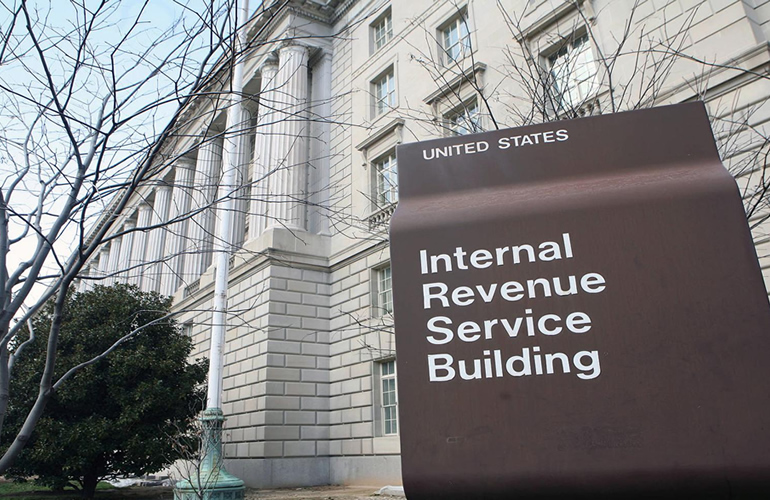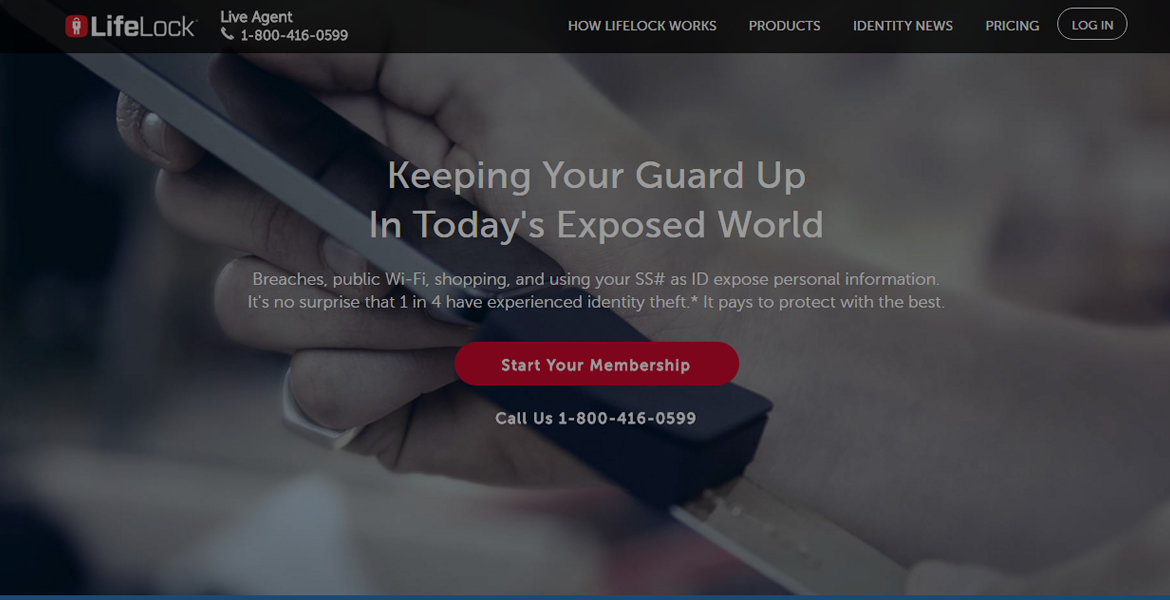It seems as though a new large-scale hack that threatens the private data of millions occurs every month if not more often. This gives the impression that everyone is constantly at risk of identity theft. It may not have as many victims as most people imagine, but it remains one of the top crimes in America. A recent study from the Bureau of Justice Statistics found that 1 in 14 Americans, or 7 percent of the adult population, fell victim to identity theft in 2014 alone.
This means a total of around 17.6 million people, a number that was similar to the last review in 2012, fell victim to some type of fraud regarding their identity or accounts. The numbers would most likely have been higher, but a significant amount of people already participates in preventative action.
Looking at the Numbers
The data for this study came from the 2015 Identity Theft Supplement to the National Crime Victimization Survey, which collected it from January to June 2014 from victims of attempted or successful identity theft during the previous 12 months. For the study, the definition of identity theft victim was those over the age of 16 who had unauthorized use or attempted use on an existing account, including credit cards, debit cards, checking or savings account, insurance accounts, and more. It also includes those to whom someone tried or successfully used their personal information in order to open a new account or use their identity for other fraudulent purposes, such as receiving medical care, renting a apartment, receiving medial care, working, or to avoid law enforcement.
Discovering the Theft
The majority of fraudulent action occurred on existing bank or credit card accounts. Almost half, around 45 percent, only discovered the problem due to their bank or credit card company contacting them about potentially fraudulent charges. The scariest part of the survey finds that the vast majority, around two-thirds, had no idea how a thief was able to get their information.
Monetary Impact on Victims
The survey also found that only around 14 percent of the victims had any sort of out of pocket losses over $1. Some of the victims did initially experience a financial loss, but their insurance company, bank, or credit card company reimbursed them. The average combined direct and indirect loss in 2014 was $1,343, which was down from 2012. About half resolved the issues within a day. However, that period of time exponentially increased for those who had multiple types of identity theft. For those victims, 32 percent had to spend a month or more working to fix all the problems.
Protecting Yourself
As identity theft continues to be a problem, it is important that people continue to be vigilant to protect their identity. This includes monitoring bank and credit accounts, shredding sensitive information, regularly checking credit reports, having strong passwords and continually changing them, and more. However, this does not always mean that you will be 100 percent protected. The survey did found that 85 percent of people had in fact taken at least one preventive action.
To reduce the risk of identity theft happening to you, you need to implement several different preventative and protective actions. Not only do you need to monitor your accounts and credit reports, but you also need to be vigilant to defend your sensitive data from hackers. When you use free WiFi services, avoid checking any accounts that include sensitive data, as hackers may get into your account. If you are scared of your accounts being hacked, you can also include a two-step authentication for all accounts by using your own encryption process for your information. It is also important to only use sites with https: not just http: to ensure their safety.
Around 36.5 million adults, or 15 percent, have experienced some type of identity theft during their lives. As fraudsters get more sophisticated, it is even more important to take action to prevent it happening to you. There may still be ways that people can get your information, especially if they hack into large companies data, but you will reduce your chance of falling victim to this type of crime by doing what you can to safeguard your information.
Another option is to consider on of the leading identity protection services such as Lifelock or Identity Guard. These services provide features to not only minimize the chance of identity fraud but also sophisticated detection methods to isolate the damage when it occurs.













